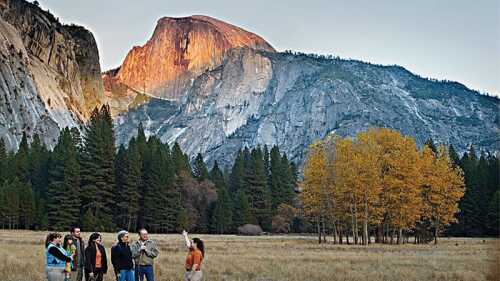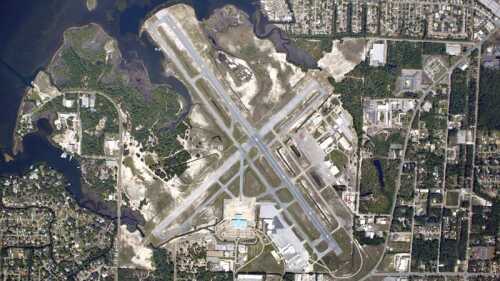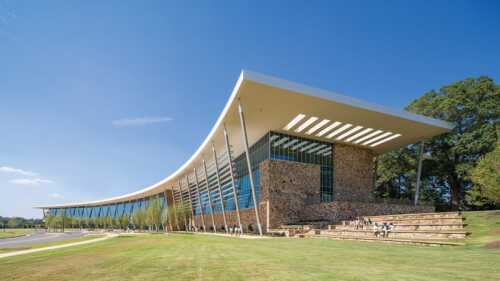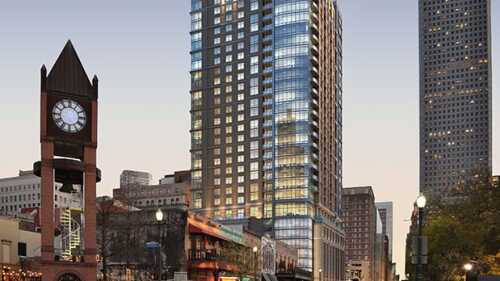Industry Sectors
Tourism is a critical factor in the U.S. and world economies. “The impacts of tourism on a community can be beneficial if planned and managed, or extremely damaging if left without controls,” says Michael Kelly, former chairman of the APA’s tourism planning division.
It requires strong partnerships among school districts, the community, and developers to place improved schools at the heart of a new development.
The nine-hole golf course at the Charles R. Drew Charter School gets a lot of use during an average school day. That golf is a dedicated subject at a southern school is not exactly remarkable—but how this came to be is. Two decades ago, the golf course was closed—and as decrepit as the East Lake Meadows housing project that sat on its edge.
The car-centric city is becoming a thing of the past, as evidenced by changes in Houston, Oklahoma City, and Charlotte, North Carolina, said panelists at the ULI Spring Meeting, with transportation leaders treating infrastructure as a real estate asset.
Increasingly, it is the ability—and willingness—of state and local governments to pay the ongoing cost of operation and maintaining new transportation projects that dictates whether capital will be invested in the infrastructure itself, according to a panel of experts at the ULI Spring Meeting in Houston.
Across the United States, a number of cities are attempting to restore and rediscover their urban rivers. One of the most ambitious efforts is occurring in Houston, where Buffalo Bayou Park is undergoing a $58 million redevelopment to be completed this year.
Federal changes could promote TOD that functions better—and is easier to build.
Hines is known for developing iconic buildings in Houston—notably One Shell Plaza, Pennzoil Place, and the Houston Galleria—and around the world. But when the company first proposed developing a new office building on a blighted block in downtown Houston, many in the Houston real estate community scratched their heads.
As the only major U.S. city without formal zoning, Houston has a reputation as a freewheeling place where anything goes. But in truth, a complex patchwork of public and private regulation has evolved to impose order.
The 2014 Annual Report tells stories of ULI members making a positive impact every day in their communities, and it highlights members’ extraordinary contributions in advancing the ULI mission to create thriving, sustainable communities worldwide.









